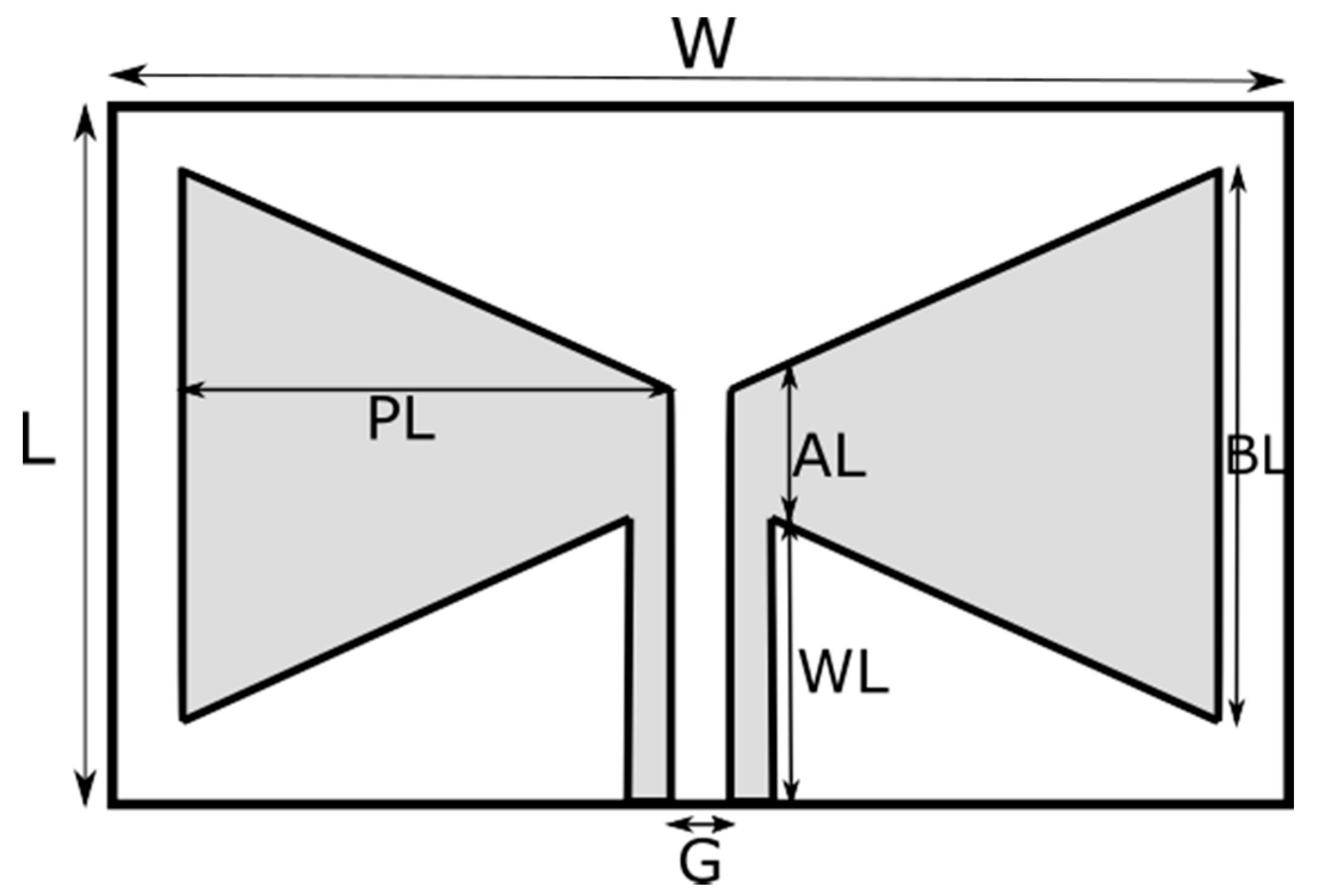

In practice, these antennae are covered with a dielectric material to protect them from hazardous environmental conditions. These antennae are very useful for aircraft and spacecraft applications, because they can be conveniently flush mounted on the surface of the aircraft or spacecraft. Typical examples are slotted waveguide antennae and horn antennae. These antennae are in the form of a slot or aperture in a metal plate and commonly used at higher frequencies (3-30 GHz). These antennae are made into different shapes such as a straight wire (dipole), loop and helix. This is the basic type of an antenna, widely used on top of the buildings, automobiles, ships and spacecrafts.


IEEE defines an antenna as “a part of a transmitting or receiving system that is designed to radiate or receive electromagnetic waves.” ClassificationĪntennae could be broadly classified as wire antennae, aperture antennae, printed antennae, array antennae, reflector antennae and lens antennae. The word ‘antenna’ is derived from Latin word ‘antemna.’ Since the first demonstration of wireless technology by Heinrich Hertz and its first application in practical radio communication by Guglielmo Marconi, the antenna has been a key building block in the construction of every wireless communication system. The antenna is one of the critical components in any wireless communication system. Here we discuss microstrip antenna, their polarisation and radiation pattern, applications and upcoming trends. These play a very significant role in today’s wireless communication systems. Microstrip antenna are one of the most popular types of printed antenna.


 0 kommentar(er)
0 kommentar(er)
